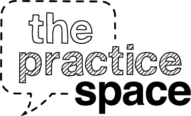RESOURCE 3
Getting Presentations Started: For Educators and Facilitators
Presentations don’t appear out of nowhere – they take a great deal of preparation and practice, which no one ever talks about! As a facilitator, you can help people present in a way that engages the audience (instead of simply reciting information). Encourage people to think about their purpose and the unique, creative ways they can portray information or opinions in a way that connects to their audience. Use this guide as a set of reminders for how you can help improve the quality of presentations in your classroom or workplace. Note: These suggestions are intended as personal checkpoints rather than used as a formula. Feel free to add steps or skip suggestions that do not work for you or the situation you are in – make it your own!
Build Culture
- Discuss presentations: why we present, who we present for, and what we hope to achieve.
- Watch examples of presentations that recite information vs. ones that connect and make people think.
- Create audience norms and routines, such as having the audience share what resonated.
Co-Create Rubrics
- Outline a rubric with categories for content, delivery, and process-oriented skills. Define specific elements. Weight each category to emphasize immediate goals.
- Work with people to revise the rubric, including adjusting language and the weighting or suggesting other categories.
Avoid Overwhelm
- During preparation, keep an eye on the scope of someone’s presentation and research. How much do they want to cover? Help them narrow their ideas.
- Help people identify their specific preparation steps and how long they plan to spend. Create checklists to guide work.
Define an Authentic Purpose
- Define a powerful “why” for the presentation. Make the presentation meaningful with an authentic audience that matters.
- Help people set short-term and long-term goals for their presentations, including how they want to feel and what they hope to achieve with their remarks.
Group Thoughtfully
- Instead of assigning groups, do an activity to identify common interests and views. Later, have people pair up with others with similar interests.
- For peer coaching, do an activity where people state where and how they need help and find peers that match their needs and style.
Practice and Preparation
- Make dedicated time for practice, standing and speaking out loud.
- Gradually practice small parts of presentations, first seated, then snippets at the front. Lower the stakes by beginning with phrases like “This is what I have so far…”
- Prepare outside audiences and guest judges thoroughly.


